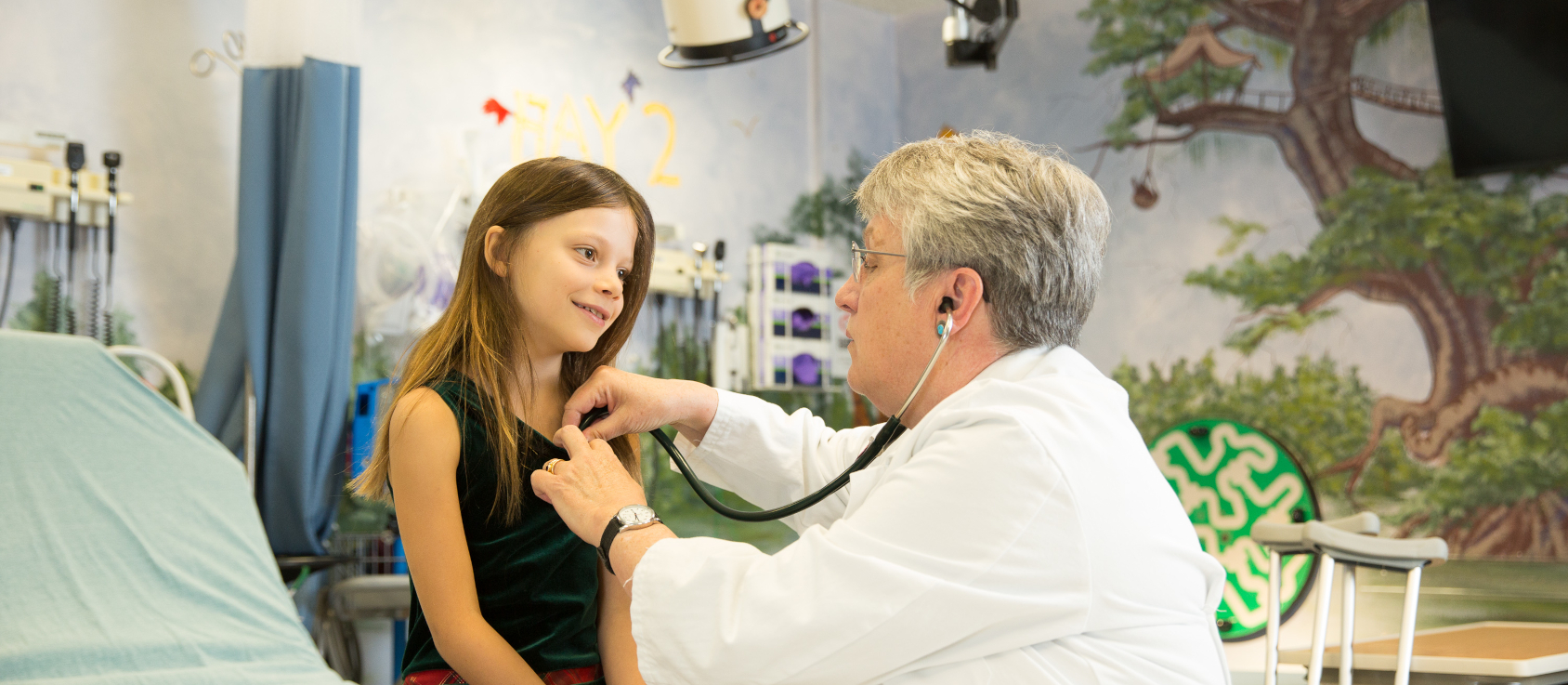September is National Childhood Cancer Awareness Month, a reminder that while cancer in children is an uncommon disease, but it’s the most common cause of mortality from disease in youngsters.
The state sees about 100 new cases of childhood cancer per year, on average, says Koh Boayue, MD, associate professor in The University of New Mexico Division of Pediatric Oncology.
The good news is that UNM pediatric cancer doctors belong to The Children’s Oncology Group (COG) an international consortium of clinicians who since the 1960s have run clinical trials of the latest treatments for cancer in children and adolescents, she says.
Today, COG is supported by the National Cancer Institute and includes more than 7,500 physicians from the U.S., Canada, Switzerland, the Netherlands, Australia and New Zealand. The ability to pool research and share data from within the U.S. and around the world has paid dividends, she says, as COG clinical trials provide the opportunity to treat and study thousands of children with cancer at the same time.
“What has happened in the past 10 years is we’ve found out that cancer in children from 0 to 15 years has had a good outcome,” Boayue says, noting that acute lymphoblastic leukemia – the most common pediatric cancer – has an overall survival rate of 85%.
“The Children’s Oncology Group has been at the forefront of this improvement in cancer treatment outcome for children we are seeing today,” she says. And because most U.S. cancer treatment facilities are COG member institutions, treatment protocols are the same everywhere.
“It is really standardized, and UNM is dedicated to ensuring that kids in New Mexico get the same access as kids elsewhere in the United States, Boayue says, adding that this capacity to access COG clinical trials spares New Mexico families from having to move out of state for treatment.

We are here. Taxes paid in New Mexico are providing care for your family and your children. We treat our patients based on these clinical trials that have been going on for 60 years
“Those are the things we are trying to make people aware of,” she says. “We are here. Taxes paid in New Mexico are providing care for your family and your children. We treat our patients based on these clinical trials that have been going on for 60 years.”
New Mexico’s racial and ethnic diversity makes it an attractive location for clinical trials. “We in New Mexico have a unique position, because when COG does their clinical research, the more you have children from every ethnicity participating from the ground up, the better it is,” Boayue says. “The response rates could vary based on different population characteristics, and clinical trials are the best way to study these disparities.”
She notes that physicians have also made advances in treating cancer among older adults, but surprisingly, survival rates for adolescent and young adult patients ages 15 to 39 remain dismal.
Research is ongoing to determine the reason for the disparity, including the possibility that young adults may not have the same level of access to medical care they had when they lived with their parents, and that there might be a gap in physician location of practice or expertise for treating people who fall in between childhood and older adulthood.
Despite all the improvement in the treatment of children with cancer, there are still children who do not survive their cancer, or children who survive, but have debilitating complications from their disease or treatment.
“This is why we raise awareness for childhood cancer, so that research will continue until we can cure every child with cancer, and improve the quality of life for those who survive,” Boayue says.
